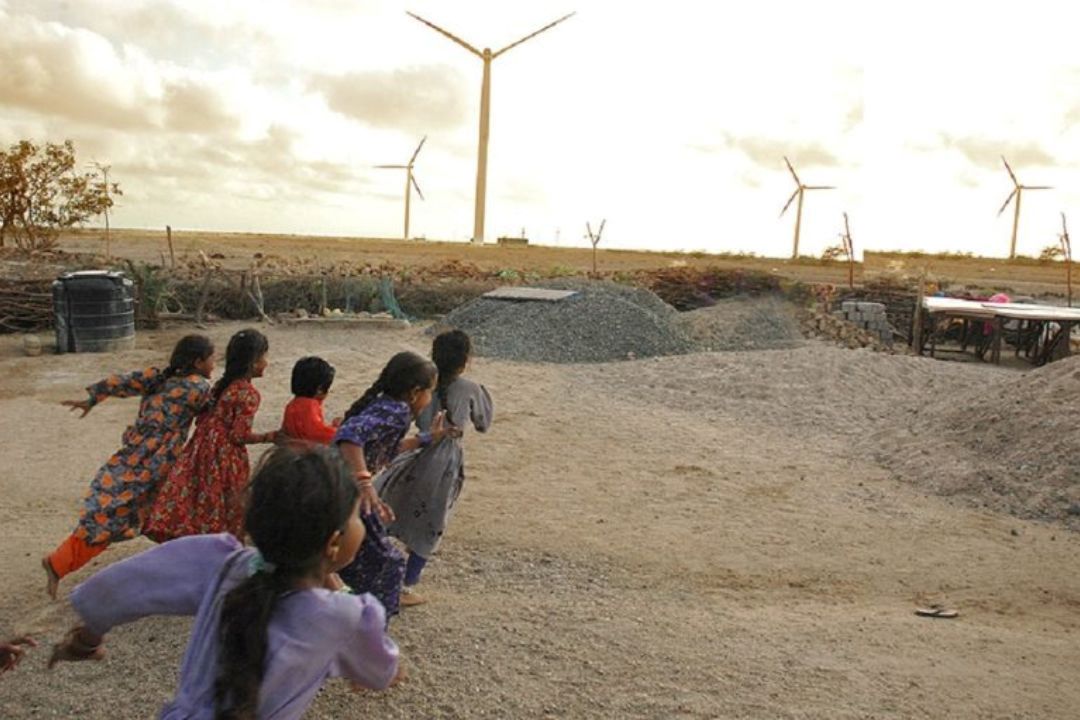Oil and Natural Gas Corporation (ONGC) will invest about Rs 2 lakh crore to achieve its 2038 net-zero carbon emission goal. The investment will go into renewable energy sites, green hydrogen plants, and cutting gas flaring to zero.
ONGC, which produces about two-thirds of India’s crude oil and 58% of its natural gas, released a 200-page document outlining its plan. The company aims to boost hydrocarbon output while investing in clean energy projects.
According to the document, ONGC will invest Rs 97,000 crore by 2030 to set up 5 gigawatts (GW) of renewable energy capacity, including green hydrogen, biogas, a pump storage plant, and an offshore wind project. By 2035, another Rs 65,500 crore will be invested, mainly in a green hydrogen or green ammonia plant. By 2038, Rs 38,000 crore will be spent primarily on a 1 GW offshore wind project.
These projects aim to offset 9 million tonnes of carbon emissions (Scope-1 and Scope-2 emissions). ONGC plans to invest Rs 5,000 crore to eliminate gas flaring by 2030 using advanced technology. In 2021-22, the firm released 554 million cubic meters of methane into the atmosphere.
ONGC will also invest Rs 30,000 crore in setting up 5 GW of solar parks and wind turbines. It plans to add 1 GW of solar and onshore wind capacity by 2035 and 2038 at a cost of Rs 5,000 crore each. Additionally, Rs 40,000 crore will be invested by 2030, and a similar amount by 2035, to set up green hydrogen and green ammonia projects.
The company is also exploring the installation of offshore wind turbines in the Arabian Sea and Bay of Bengal to generate 0.5 GW of electricity by 2030 and double it by 2035. The first 0.5 GW offshore wind project is estimated to cost Rs 12,500 crore, with the next phase costing about Rs 12,000 crore. By 2038, another 1 GW of offshore wind energy capacity will be added, costing Rs 25,000 crore.
Furthermore, ONGC plans to invest Rs 20,000 crore to set up 3 GW of pump storage plants to provide electricity when renewable sources are not available. The remaining investment will go into biogas, carbon capture, and other clean energy projects.
Despite these initiatives, ONGC will continue to explore and produce more oil and gas. Crude oil and gas are essential energy sources, used to produce petrol, diesel, jet fuel, electricity, fertilizers, CNG for vehicles, and PNG for cooking. In 2023-24, ONGC produced 21.14 million tonnes of oil and 20.648 billion cubic meters of gas.







